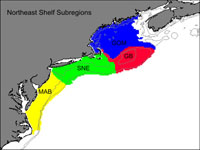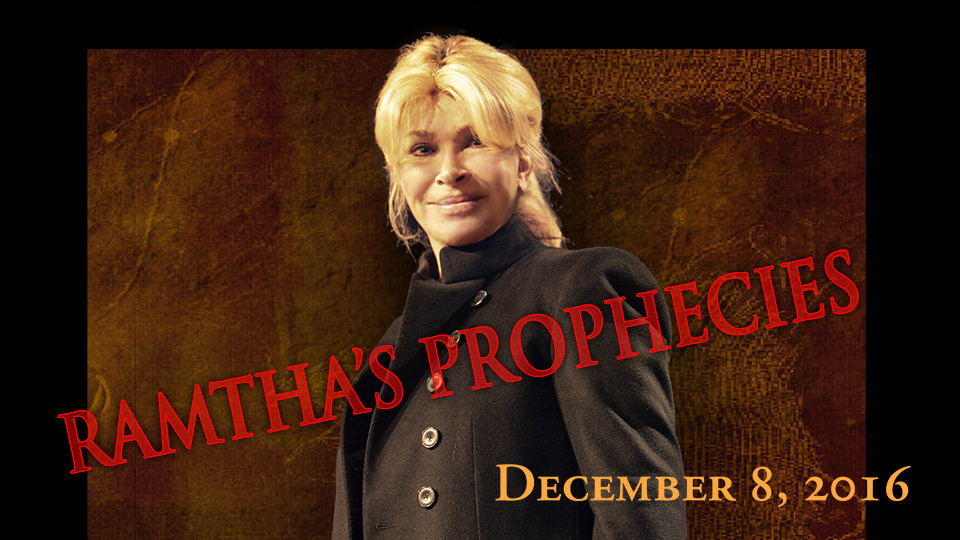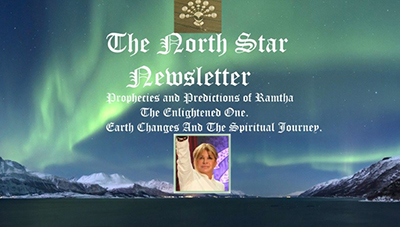NE America Coast warmest in 150 years of records –
Hurricanes are heat releasers seen further north –
Ramtha on severe storms in strangest of places

The four subregions of the Northeast Shelf Large Marine Ecosystem,
which extends from Cape Hatteras, N.C. to the Gulf of Maine.
MAB is the Mid-Atlantic Bight, SNE is Southern New England,
GB is Georges Bank, and GOM is the Gulf of Maine.
Credit: NOAA
– “Sea Surface Temperatures Reach Highest Level in 150 Years on Northeast Continental Shelf”
“Sea surface temperatures in the Northeast Shelf Large Marine Ecosystem during 2012 were the highest recorded in 150 years, according to the latest Ecosystem Advisory issued by NOAA’s Northeast Fisheries Science Center (NEFSC). These high sea surface temperatures (SSTs) are the latest in a trend of above average temperature seen during the spring and summer seasons, and part of a pattern of elevated temperatures occurring in the Northwest Atlantic, but not seen elsewhere in the ocean basin over the past century,” quoting NOAA Fisheries Service.
Read more
– Hurricanes release heat – warmer north Atlantic waters add “fuel” to these storms
“Hurricanes can be thought of, to a first approximation, as a heat engine; obtaining its heat input from the warm, humid air over the tropical ocean, and releasing this heat through the condensation of water vapor into water droplets in deep thunderstorms of the eyewall and rainbands, then giving off a cold exhaust in the upper levels of the troposphere (~12 km/8 mi up),” quoting NOAA.
Read more
– UPDATE: June 8, 2013
“Weakened Andrea Breaks Northeast Rainfall Records”
By Jake Pearson form the AP.
Read more
– UPDATE: June 11, 2013
“Report: Fourth of NYC Could be Flood Zone by 2050s”
“With local waters a foot to 2½ feet higher than they are today, 8 percent of the city’s coastline could see flooding just from high tides”
By Jennifer Peltz, WNBC-TV 4, New York.
Read more
– Ramtha on the dangers of living near water
– Ramtha on severe storms [i.e. Hurricane Sandy which hit New York/New Jersey in 2012]
“But there is a force pulling on the Earth that at once will hurt it but in the end will be its salvation. And so what does this all mean? If none of this were to happen at all and your icecaps continued to break down — Oh, no, it won’t take thirty years. They tell you that. They don’t want anyone panicking, you know. They don’t want you to panic. No, it would take one event to bring the icecaps to melting when the sky catches on fire, and there is a reason it will do that too. Just with that continued melting and the change of the ocean’s temperature — just that — will create the most severe storms and supercells in the strangest of places. As that intensifies, it is going to get more rigorous in winter, and in the year that comes, you will see more storms and then a lull.”
– Ramtha
September 24, 2010
London, England Campaign
– Ramtha: “Stay away from the water”
“Stay away from the water. Get away from it. The water is beautiful but in a moment it can rush a wave over the landmass and destroy everything in sight, including you. If the Earth’s crust is vulnerable, go inland and stay there because if it is unstable, the bulk of the wave or the reaction of the shockwave moving through the oceans will create a dangerous place to be.”
– Ramtha
Australia Q & A
July 22, 2007
Click here to purchase CD0708.
– Ramtha: “If you live on the coastline of any country”
“If you live on the coastline of any country — if you live within a hundred miles of the coastline of any country in South America — you are not in a safe place. Go to the interior and to the mountains. If you live on the coastline, don’t ask me if it is a safe place. What happened to your common sense? It is not a safe place. Get away from the ocean. Get away from the water. Get away from the rivers. Go to the mountains, and make sure it is not a volcano.”
– Ramtha
Q & A
Yelm, WA.
April 9, 2011



